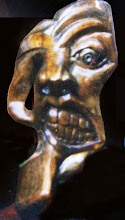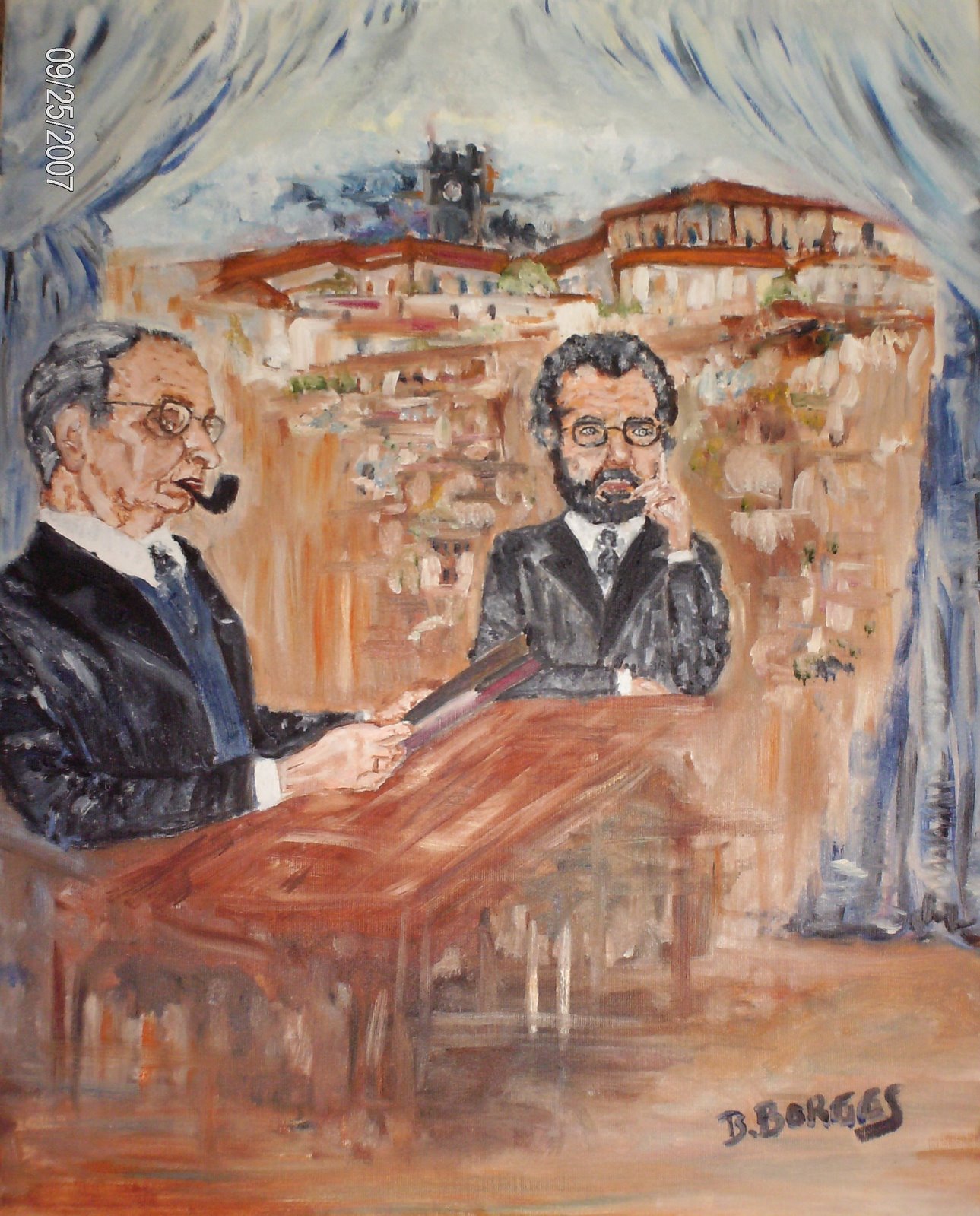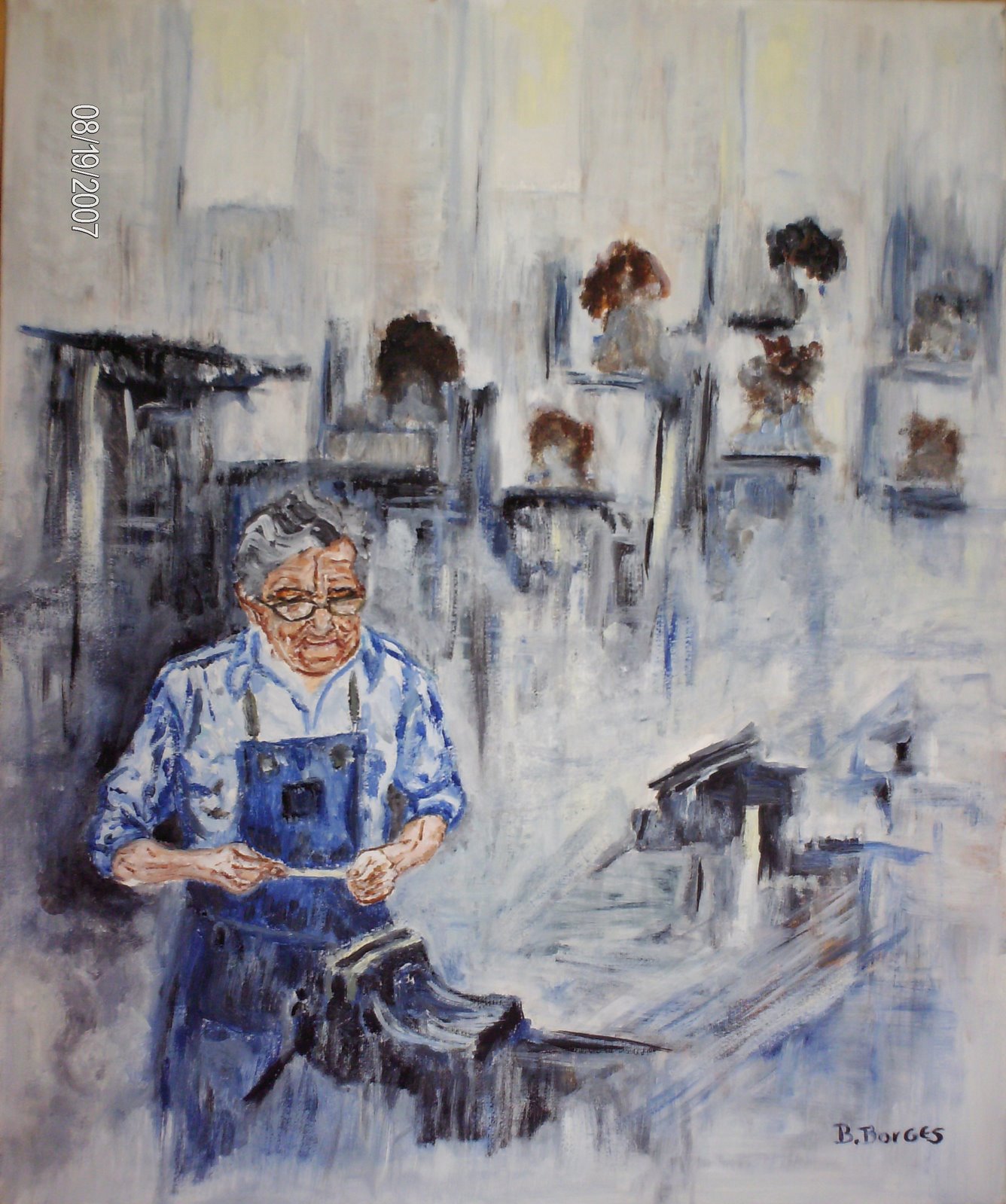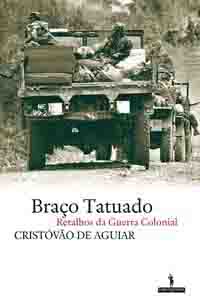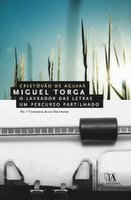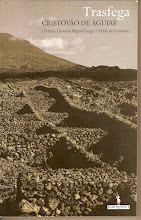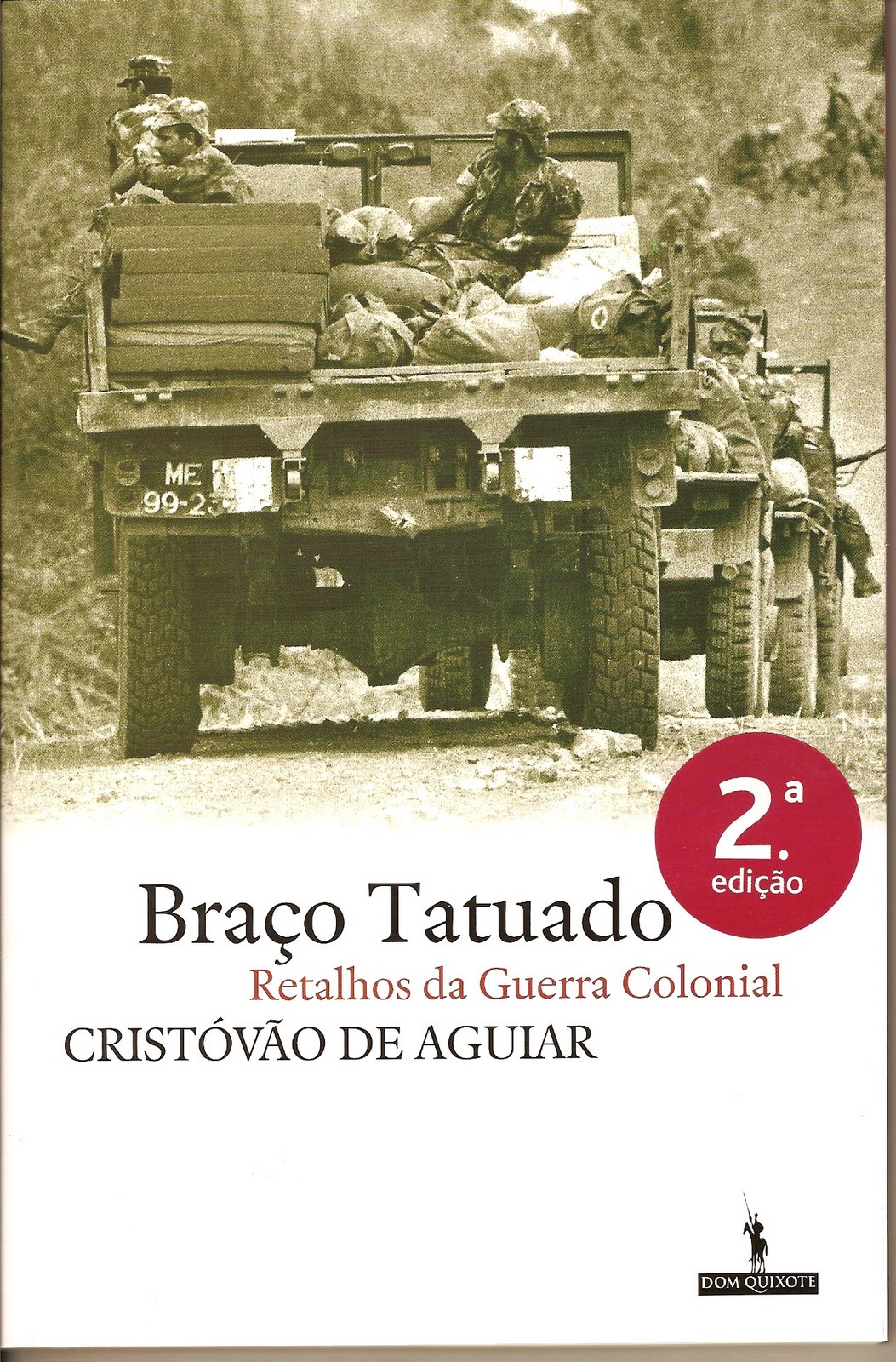Tuesday, October 5, 2021
Cristóvão de Aguiar: On the Death of a Master of Words
On the day of his death, it is necessary not to let Cristóvão de Aguiar be forgotten, and to call the attention of those who still do not know his work, for he is one of the finest Portuguese writers of the second half of the twentieth century.
A man of a vast and varied body of work, ranging from poetry (Mãos vazias, 1965; O pão da palavra, 1977; Sonetos de amor ilhéus, 1992) to the monumental diary Relação de Bordo (1964–2015) — a vivid, rigorous, vibrant, and forthright portrait of Coimbra, its elites, and simultaneously of both the Coimbra and the Portuguese spirit over more than fifty years. And many other works, such as Com Paulo Quintela à mesa da tertúlia (1986), A tabuada do tempo – a lenta narrativa dos dias (Miguel Torga / City of Coimbra Prize, 2007), Miguel Torga o lavrador das letras, um percurso partilhado, no 1.º centenário do seu nascimento (2007), Braço tatuado (1990), Passageiro em trânsito (1994), Charlas sobre a língua portuguesa (2009); and as a translator, for instance, of that classic, Adam Smith’s The Wealth of Nations.
But it is above all in his works of fiction — Ciclone de Setembro (1985), Passageiro em trânsito (1988), O braço tatuado (1990), A descoberta da cidade e outras histórias (1992), Um grito em chamas (1995), A semente e a seiva (1979, Ricardo Malheiros Prize), Vindima de fogo (1979), and O fruto e o sonho (1980), a trilogy later gathered into a single volume (2015), Raiz comovida, and integrated in his Complete Works — that his literary power reaches its height.
Rereading Raiz comovida forty years later, we find it has not aged at all; it remains alive, with all its original qualities intact. For those who lived in the Portugal of that time — who loved and suffered through its settings, its people, its mentalities, its injustices, inequalities, miseries, and glories — it is deeply moving, even exhilarating, to rediscover that world now somewhat distant. It is a magnificent portrait of Portuguese society in the mid-twentieth century: a true watercolor, as one might say, rich, colorful, picaresque, yet realistic and full of humanity and grace. As Aníbal Pinto de Castro wrote:
> “What most deeply impresses me in his writing is the extraordinarily rich charge of humanity that at once serves as its ‘root,’ enlivens its soul, and defines its style. For this reason, his fiction is so viscerally bound to the places where he was born, grew up, and lived — and to the people who, being an essential part of those places, bear their deepest marks even when, in his discourse, they become characters.”
Indeed, it is the Azorean specificity in all its vigor — in its incidents, its language, its landscapes, its social environments — that moves and enchants us, for it seems to reveal both an archetypal essence and a concrete, incommunicable particularity. It is an Azorean whole that merges into the Portuguese whole, close in its habits and ways of feeling, in its affections and beliefs, even if separated by thousands of kilometers.
By portraying the Azores of the 1950s, Cristóvão de Aguiar also portrays Portugal of that same era. With an open structure — a sequence of memories of places, people, and situations — a child recalls his experiences, going back in time to recount family tales, village stories, rivalries, and struggles lived to the rhythm of the liturgical calendar, the seasons, the sea storms, the earthquakes, always with the dream of America and a better life in his soul, and under the protection of Holy Mother Church, as happened also on the mainland.
For anyone who visits the Azorean islands and delights in their natural, urban, human, and cultural beauty, the work of Cristóvão de Aguiar acquires a renewed depth, a new enchantment and richness — as though that very world demanded the work, and the work, more than merely recognizing and feeling those places and moments, were their literary transfiguration — as indeed it is.
And all this through writing of great quality, blending ingredients seldom so harmoniously synthesized in a single work. It is, as his contemporary and friend Medeiros Ferreira once said, “a homage to the Portuguese language.” But it is more than that: it is a homage to the Azorean people, and, more broadly, to the entire Portuguese people, for we feel them there in all their authentic diversity.
There are few works in Portuguese literature that so vividly depict the Portugal of that time. And if we restrict ourselves to the Azores, surely there is none other. There is, of course, Mau tempo no canal by Vitorino Nemésio — one of our great twentieth-century novels. But since both writers are Azorean, emerging from the same cultural reality and with little temporal distance between them, the comparison is inevitable, though it always risks misunderstanding and injustice.
Without in any way denying the quality of Nemésio’s book, since both portray the same epoch and landscape — though not the same social strata — Raiz comovida offers a more realistic and intimate portrait of the Azorean people, and, it should be noted, with no lesser literary merit. If it had no other virtue, the work would still stand as a vast and varied social and cultural tableau — a showcase of customs, mentalities, speech, expressions, family relations, crafts, beliefs, morality, sexuality, repression, education, tricks and cunning — stories of many forms and tones that give us immense pleasure to read and a depth of understanding about the Azores that no other medium could provide.
Moreover, the work sustains a consistent quality across all its volumes — an originality of syntax without syntactic deconstruction, a unique linguistic richness, and countless first-rate inventions.
(Some examples from Raiz comovida: in his joy, “the good priest could hardly fit inside his vestments”; or “the Lutherans hauled in their nets and left with them empty of souls and of fish,” p. 405; “eyes glued to the shop windows that followed one another like watermelon seeds,” p. 277, etc.).
And there are descriptions worthy of any anthology, such as the trip to the city with the father to buy iron in the postwar years (pp. 274–280), or the apparition of Hell to poor Luz Cruz (pp. 241–244). At times, perhaps a touch of gongorism. Yet even that must be contextualized: it belongs to the lexical, social, cultural, and even landscape amalgam that, in some way, calls for it — perhaps even demands it. For the writing is above all descriptive, oral, colorful — not the verbal game or unnecessary flourish that Gongorism delights in. The colloquial foundation of the stories, sequential and interwoven, entails a certain repetition and, at times, some redundancy. But all works, insofar as they are or should be systems, define their own coherence — and the question is whether they sustain it.
Here too, Raiz comovida is flawless. And if we recall some of our greatest writers — Camilo, Aquilino Ribeiro, Tomaz de Figueiredo — we find far more deliberate Gongorisms, yet we value them no less. Cristóvão de Aguiar stands alongside our finest neo-realists; already a classic, he is certain to become even more so with time.
For Coimbra — where Cristóvão de Aguiar studied and lived since his youth — his death is undoubtedly a great loss. Yet there is some solace in knowing that his name now joins so many others — José Régio, Edmundo de Bettencourt, João Gaspar Simões, Branquinho da Fonseca, Afonso Duarte, Vitorino Nemésio, Fernando Namora, Virgílio Ferreira, Carlos de Oliveira, Torga, Agustina Bessa-Luís, Eugénio de Andrade, Eduardo Lourenço, Manuel Alegre — who studied or passed through this city, were shaped and inspired by it, and to whom it has not always shown the gratitude they deserved.
Personally, I had the great privilege, in recent years, of belonging to a group of friends — of which Cristóvão de Aguiar was part — who met regularly. I came to appreciate his erudition, his linguistic mastery, and his speech — at times impassioned and fervent, at others sharp and uncompromising, depending on whether the subject stirred his enthusiasm or his indignation.
He was a man of learning and of character.
João Boavida


